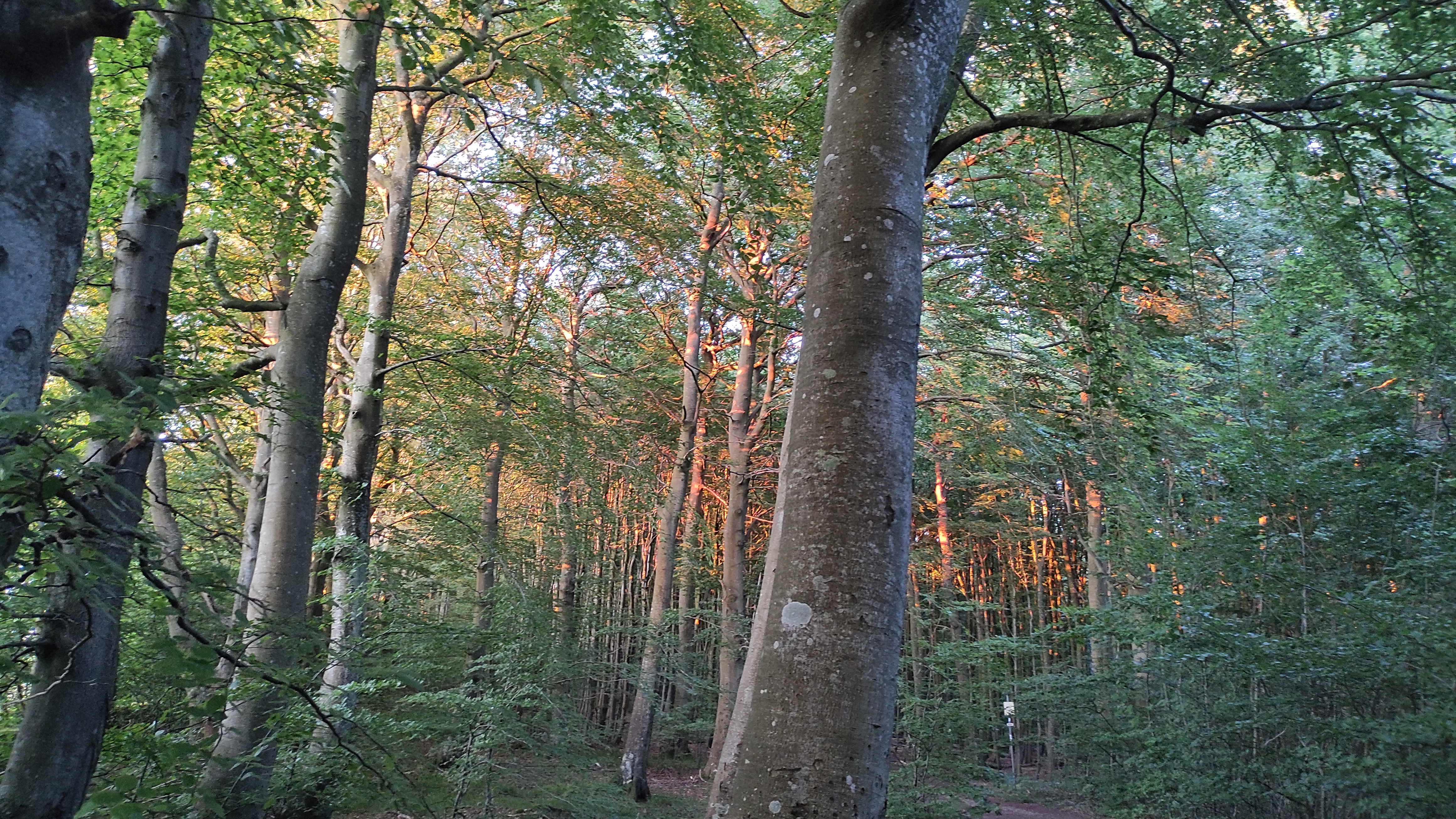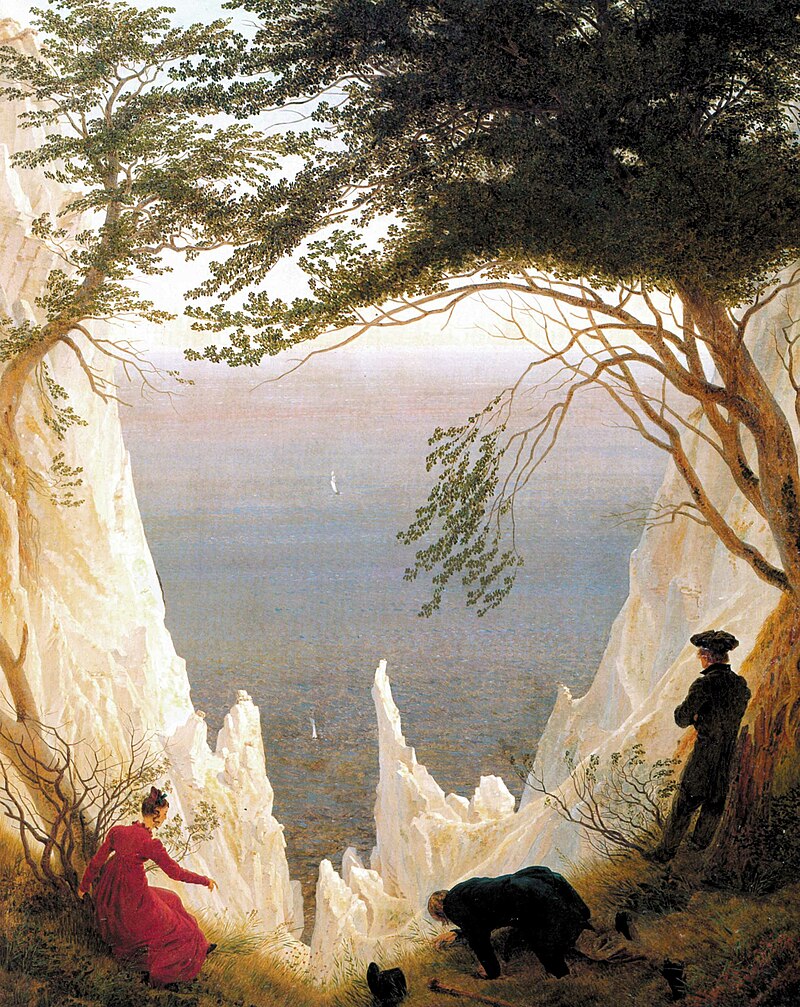Rügen is an inspiring place for those who are willing to lose themselves into the nature and the astonishing white chalk coast of northern German Ostsee. The name slightly recalls the german word Ruhen and although the etymology is different, I like to think about Rügen as a place where artists back in the days used to go to walk and seek a certain inner-calm.

One of the biggest representative of German Romanticism, Caspar David Friedrich, was particularly inspired by Rügen. The movement was born in the second half of the eighteenth century from the ideology of enlightment combined with Sturm und Drang (Sothebys).
Sturm und Drang was aimed to put humans in relation with the universe, the absolute, and the infinity, dismantling what they are and leaving them as a mere nature background. The message was clear: "go beyond" who you think you are and Friedrich's The Wanderer über dem Nebelmeer somehow became the manifesto of that movement.
The relation between Friedrich and the island can be seen in the painting Kreidefelsen aus Rügen, where the Rügen's kreide is represented. Once again the white chalk and the pale blue sea takes over the mere human figures (one probably Friedrich's wife) and celebrates nature and the smallest UNESCO world heritage german national park at its best.

When we were there, we decided to go for the long easy walk that connects Königsstuhl to Sassnitz, a path in the middle of the wood that lasts roughly for 2 hours, overall well kept, clean and accessible to hikers.